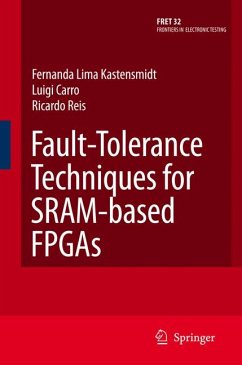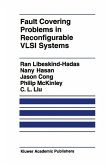This book reviews fault-tolerance techniques for SRAM-based Field Programmable Gate Arrays (FPGAs), outlining many methods for designing fault tolerance systems. Some of these are based on new fault-tolerant architecture, and others on protecting the high-level hardware description before synthesis in the FPGA. The text helps the reader choose the best techniques project-by-project, and to compare fault tolerant techniques for programmable logic applications.
Dieser Download kann aus rechtlichen Gründen nur mit Rechnungsadresse in A, B, BG, CY, CZ, D, DK, EW, E, FIN, F, GR, HR, H, IRL, I, LT, L, LR, M, NL, PL, P, R, S, SLO, SK ausgeliefert werden.









